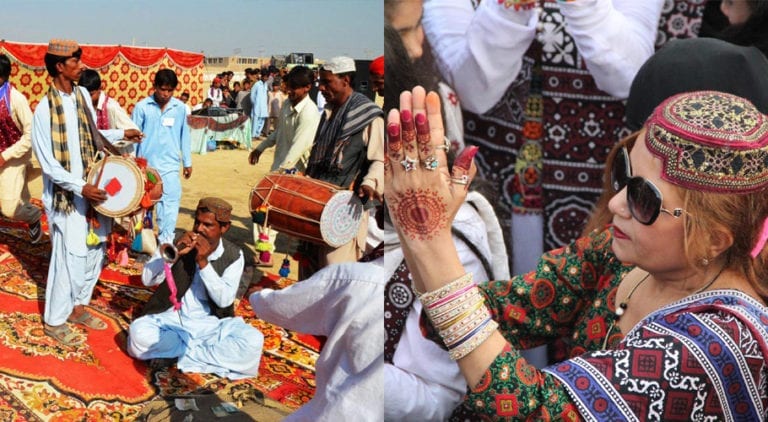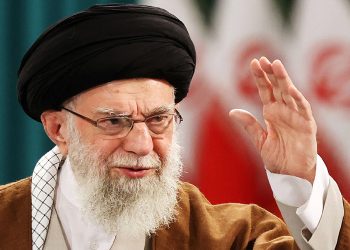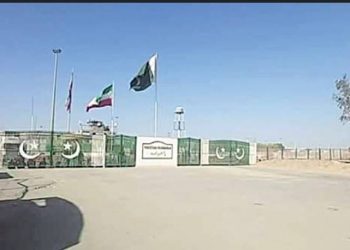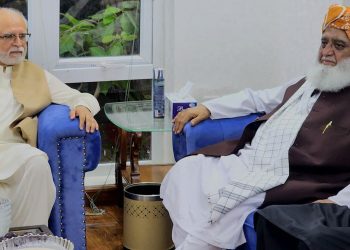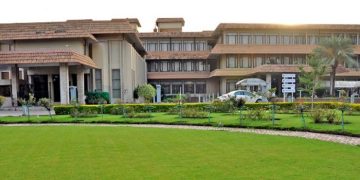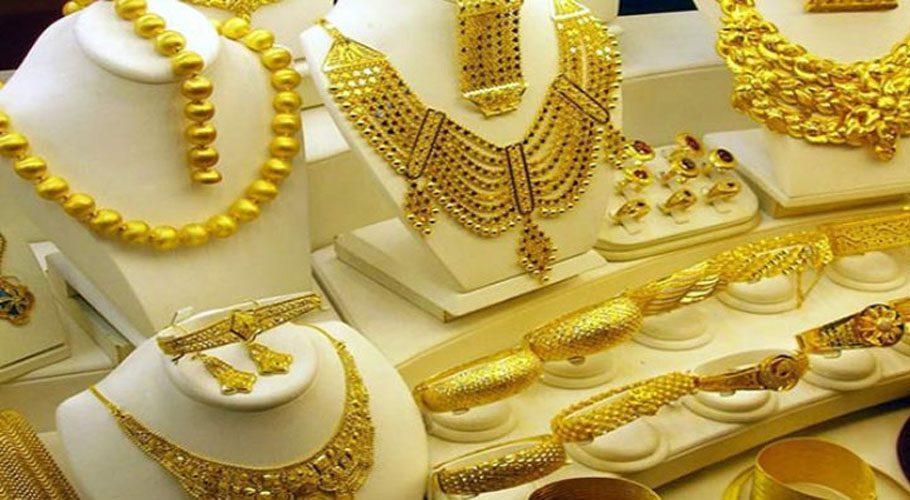Sindh Cultural Day is widely celebrated with traditional enthusiasm to highlight the centuries-old rich culture, language and traditions of Sindh.
The day is marked every year on the first Sunday of December since 2009. The day is celebrated all over Sindh and other parts of Pakistan and even amongst the Sindhi diaspora around the world to show the rich heritage, tradition and unmatched hospitality of the people of Sindh.
Ancient History
The word Sindh is derived from the Sanskrit term Sindhu (literally meaning ‘river’) which is a reference to Indus River. The official spelling ‘Sind’ from the Persian-Arabic pronunciation was discontinued in 1988 by an amendment passed in Sindh Assembly.
The first known village settlements in Sindh date as far back as 7000 BC and gave rise to the Indus Valley Civilization around 3000 BC. The civilization flourished between the 25th and 15th centuries BC in the Indus valley sites of Mohenjo Daro and Harappa. The people had a high standard of art and craftsmanship and a well-developed system of pictographic writing which remains undeciphered.
The ruins of the well-planned towns, the brick buildings of the common people, roads, public baths and covered drainage system suggest a highly organized community. Mohenjodaro is considered one of the most advanced cities of the era.
Sindh – Gateway to Islam
Our history textbooks claim that the Pakistan movement started when the first Muslim put his foot on the soil of Sindh which has been declared the Gateway of Islam in the Indian subcontinent.
In 712, a young Arab named Muhammad bin Qasim conquered the Sindh and Indus Valley, bringing the societies into contact with Islam. The Hindu King Raja Dahir Sen who ruled over a Buddhist majority was defeated by the forces of Muhammad bin Qasim who also captured the cities of Alor, Debal and Multan.
Sindh became the easternmost state of the Umayyad Caliphate. Bin Qasim built the city of Mansura as his capital. The port city of Debal was the only second to Basra and went on to become modern-day Karachi which is an industrial and economic hub and capital of Sindh.
In February 1843, British forces under General Charles James Napier conquered Sindh. The British divided Sindh into districts and later merged it with the Bombay Presidency. Sindh was separated from the Bombay Presidency by 1936 and the Muslim League gained popularity by the 1940s. It became a province after the independence of Pakistan.
Sindh Cultural Day
The day is the celebration of Sindhi culture all over the world to demonstrate the peaceful identity of Sindhi culture and draw attention towards the rich heritage and culture of Sindh. It is also a symbol of the ancient Indus Valley Civilization which is more than 5,000 years old
People gather in all major cities of Sindh at Press Clubs, and other places and arrange various activities of literary gatherings, musical concerts, seminars, lecture, and rallies, while the rural areas of Sindh hold mach katchehri (gathering around a circle and fire on sticks in the centre).
On the occasion people wears ajrak and Sindhi caps, traditional block-printed shawl the musical programmes and rallies are held in many cities to mark the day with zeal. Major hallmarks and monuments of cities and towns are decorated with ajrak to highlight the cultural values of Sindh.
People across Sindh exchange gifts of Ajrak and Sindhi topi (cap) at various ceremonies. Children and women dress up in Ajrak, assembling at the grand gathering, where famous Sindhi singers sing Sindhi songs, which depicts the peace and love message of Sindh.
The musical performances of the artists leave the participants spellbound dancing on the Sindhi cultural song ‘Jeay Sindh Jeay-Sindh Wara Jean’ (Long Live Sindh, Long Live Sindhi). Politicians and civil society leaders have used the occasion to spread a message of peace, tolerance and harmony among cultures.







